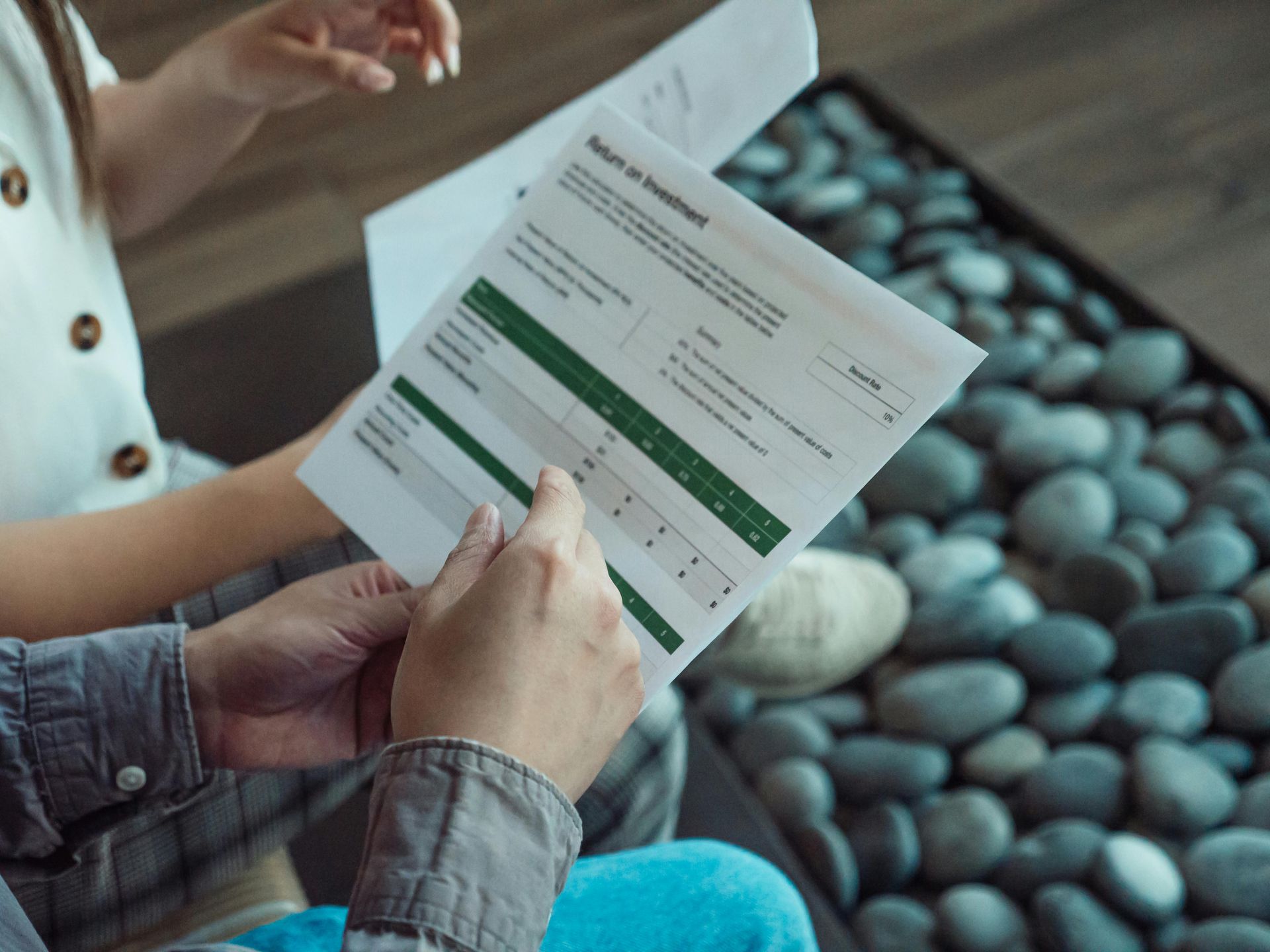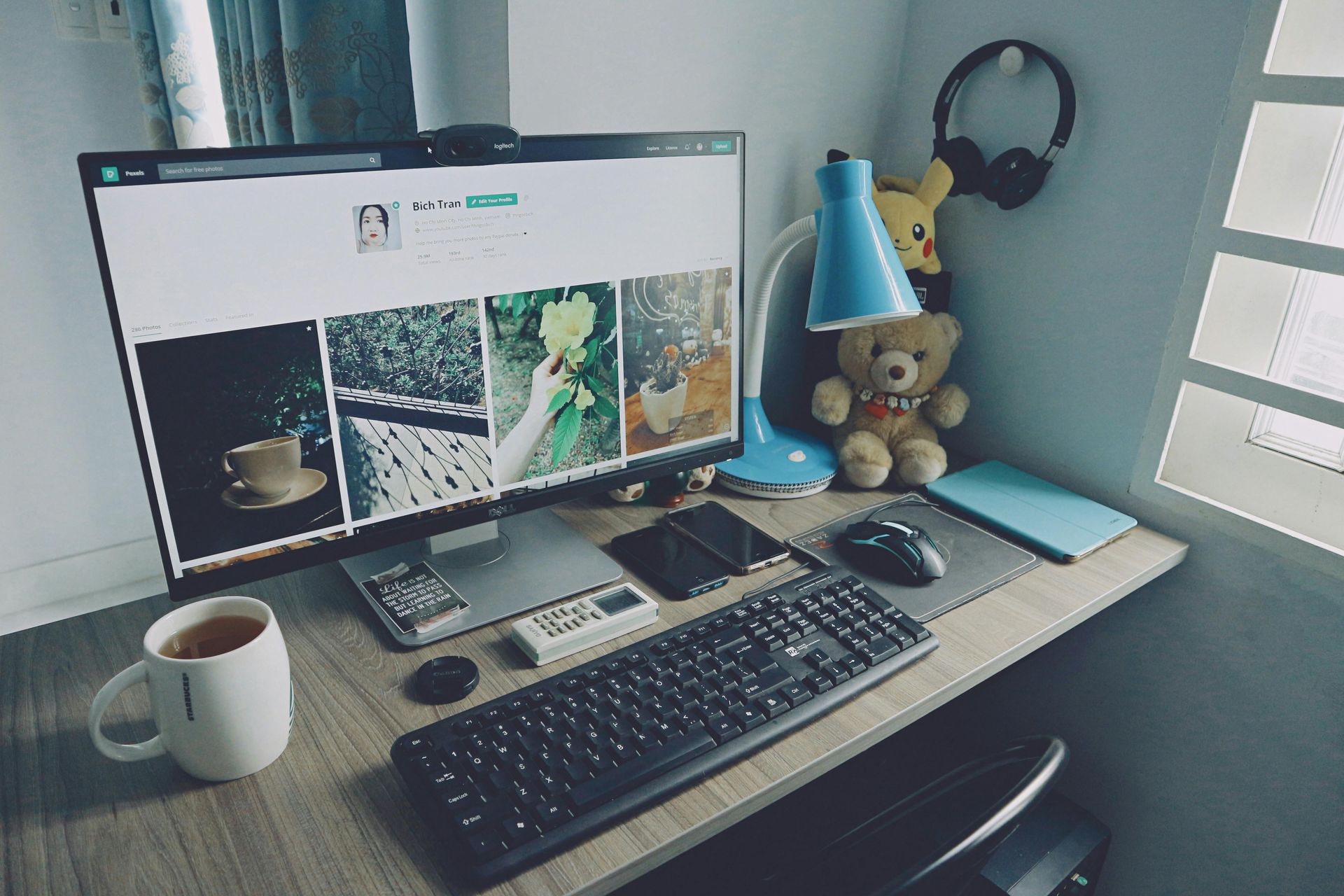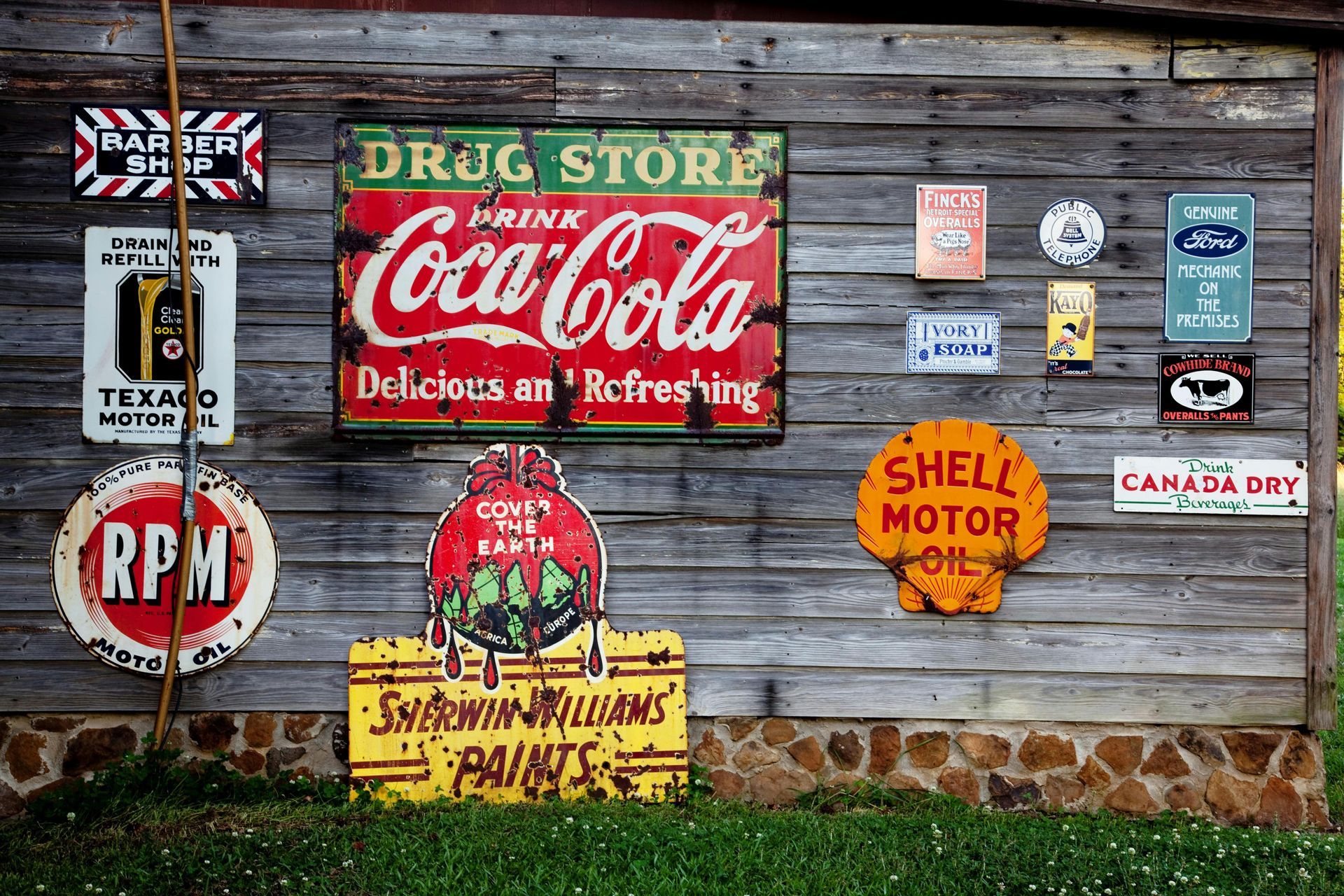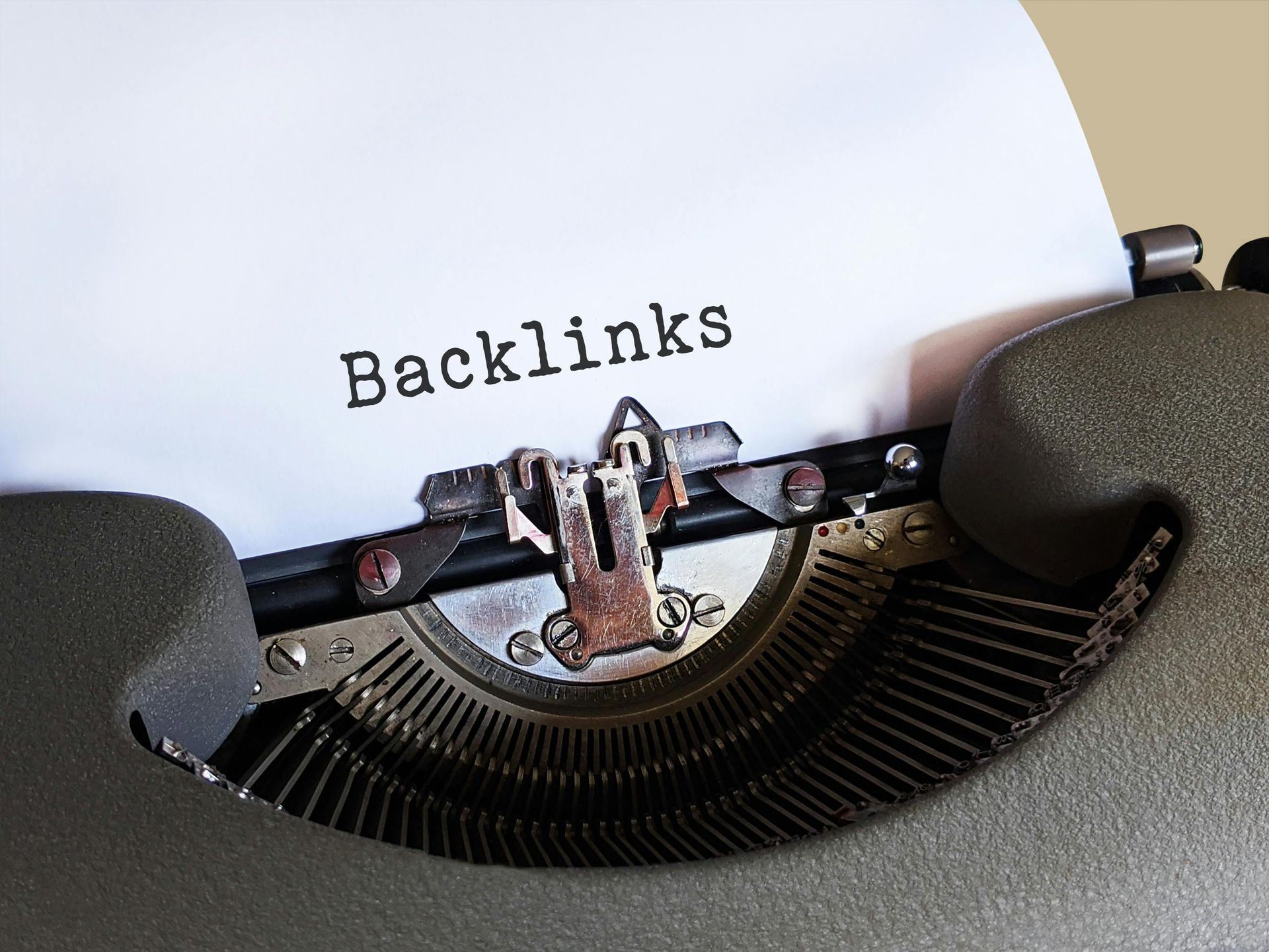
Why Your E-commerce Website Is Losing You Customers
Key Elements of Effective E-commerce Web Design
In today's fast-paced digital world, having an online store isn't just a good idea—it's essential. But simply having an e-commerce site isn’t enough; it needs to be designed with care and intention to ensure it truly serves your business. Whether you're a small business owner in Utah or managing a growing brand, understanding the key elements of effective e-commerce web design is crucial to your success. Let's dive into what makes an online store not just functional, but a magnet for customers.
Understanding Your Target Audience
Identifying Customer Needs
One of the first steps in creating an effective e-commerce website is understanding your target audience. When we first started working in web design, we remember building a site that looked amazing—sleek design, modern fonts, and all the bells and whistles. But it just didn’t convert visitors into customers. The problem? It wasn't built with the target audience in mind. Understanding who your customers are, their needs, and their shopping behavior is crucial.
For example, if your audience is primarily busy professionals, they might prefer a streamlined, no-nonsense shopping experience. On the other hand, a younger, trend-savvy audience might appreciate bold designs, vibrant colors, and interactive features. Knowing these details influences everything from the site layout to the language you use in your product descriptions.
Creating a User-Centric Experience
User experience (UX) is everything in e-commerce. If your customers can't find what they're looking for quickly, they're likely to leave your site and find another that meets their needs more efficiently. Think about how frustrating it is when you're shopping online, and you have to click through multiple pages just to find a product or piece of information. A user-centric design means your website is intuitive, easy to navigate, and provides a seamless shopping experience.
For instance, clear and straightforward navigation menus, a well-organized product catalog, and a robust search function can make all the difference. It’s like walking into a well-organized store versus a cluttered one—you're more likely to stick around and make a purchase if you can easily find what you need.
Effective Product Presentation
High-Quality Images and Descriptions
When it comes to online shopping, customers can’t touch or try on products, so your website’s visuals and descriptions need to do the heavy lifting. High-quality images are a must. Imagine shopping for a new pair of shoes online, but the pictures are blurry or there's only one angle—how likely are you to buy them? Not very.
At Bear Byte Studios, we emphasize the importance of professional images that show your products from multiple angles, in different settings, or with models for size reference. But pictures aren't enough; your product descriptions need to be just as compelling. They should highlight key features, benefits, and any other details that might help the customer make a decision.
Product Reviews and Testimonials
We all know that word of mouth is powerful, and in the digital world, this translates into reviews and testimonials. Customers trust other customers, and seeing positive reviews can tip the scales in favor of a purchase. Integrating these reviews into your product pages not only boosts credibility but also gives potential buyers the confidence they need to complete a purchase.
For example, if your website features testimonials from satisfied Utah customers, it can resonate with local shoppers and build a sense of community and trust.
Mobile Optimization
Responsive Design
Mobile shopping is no longer the exception—it’s the norm. Your e-commerce site must be mobile-friendly, meaning it should look and function just as well on a smartphone or tablet as it does on a desktop. This is where responsive design comes into play. A responsive website automatically adjusts to fit the screen size of the device it's being viewed on.
I’ve seen websites lose out on significant sales simply because they weren’t optimized for mobile. Imagine the frustration of trying to navigate a desktop-designed site on your phone—the text is too small, the buttons are hard to click, and you constantly have to zoom in and out. A responsive design ensures your customers have a smooth, enjoyable experience, no matter what device they’re using.
Fast Loading Times
Speed is everything. A site that takes too long to load is a site that loses customers. We've all been there—waiting for a page to load, watching that little spinning wheel, and eventually giving up and moving on. In e-commerce, those few extra seconds can mean the difference between making a sale and losing a customer.
Google also takes page speed into account when ranking websites, so a slow site can hurt your visibility in search results. Investing in fast, reliable hosting, optimizing your images, and reducing unnecessary plugins or scripts can help keep your site loading quickly.
Secure and Seamless Checkout Process
Simplified Checkout Experience
A complicated checkout process is one of the leading causes of cart abandonment. Think about it—how many times have you filled up your online shopping cart, only to abandon it because the checkout process was too confusing or required too many steps? To keep customers on track, the checkout process should be as simple and straightforward as possible.
One of my clients, a local business in Utah, saw a significant drop in abandoned carts after we simplified their checkout process. By reducing the number of steps and eliminating unnecessary fields, we made it easier for customers to complete their purchases, leading to a noticeable increase in conversions.
Payment Security and Trust Badges
In an age where cyber threats are a reality, customers need to know their information is safe. Secure payment gateways and trust badges are essential in reassuring your customers that their data is protected. Displaying security certifications, using SSL encryption, and offering trusted payment options like PayPal can make all the difference in building customer confidence.
When a customer sees that your site is secure, they're more likely to trust you with their payment details, which translates into completed purchases.
Integrating SEO Best Practices
On-Page SEO Optimization
SEO isn't just for blog posts—it’s crucial for e-commerce sites too. Optimizing your product pages with relevant keywords, meta descriptions, and alt tags for images can significantly improve your search engine rankings. For example, if you’re selling outdoor gear in Utah, integrating keywords like “best backpacks for hiking in Utah,” “outdoor gear Utah,” and “hiking equipment near me” into your product pages can help you rank higher for local searches.
Content Marketing and Blogging
Keeping your website fresh and relevant with a blog or content section not only engages your customers but also boosts your SEO. Regularly updating your blog with articles about industry trends, product tips, or company news can attract more visitors and keep them coming back. Plus, it’s a great way to naturally incorporate more keywords and improve your search engine rankings.
Analytics and Continuous Improvement
Monitoring User Behavior
Once your e-commerce site is up and running, the work isn’t over. It’s important to continually monitor user behavior to identify what’s working and what isn’t. Tools like Google Analytics can help you track where your visitors are coming from, what pages they’re visiting, and how long they’re staying. This data is invaluable in making informed decisions about how to improve your site.
A/B Testing for Optimization
Sometimes, small changes can have a big impact. A/B testing, where you compare two versions of a webpage to see which one performs better, is a powerful tool for optimizing your site. Whether you’re testing different call-to-action buttons, product page layouts, or checkout processes, A/B testing allows you to refine your site to better meet your customers' needs.
Conclusion
Creating an effective e-commerce website is about more than just having an online store—it's about building a platform that resonates with your customers, meets their needs, and keeps them coming back. At Bear Byte Studios, we’re passionate about helping Utah businesses create e-commerce sites that not only look great but also perform exceptionally well. If you're ready to take your online store to the next level, let's chat. We’re here to help you every step of the way.









